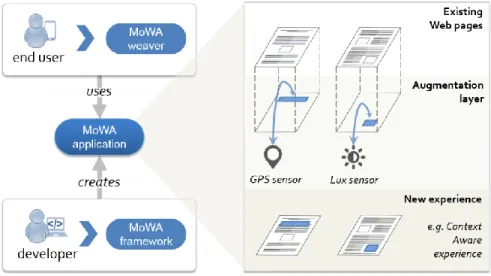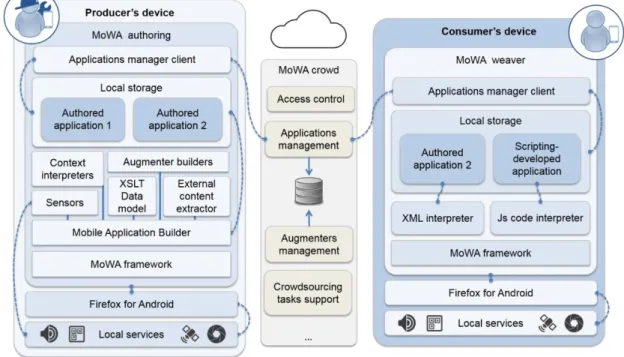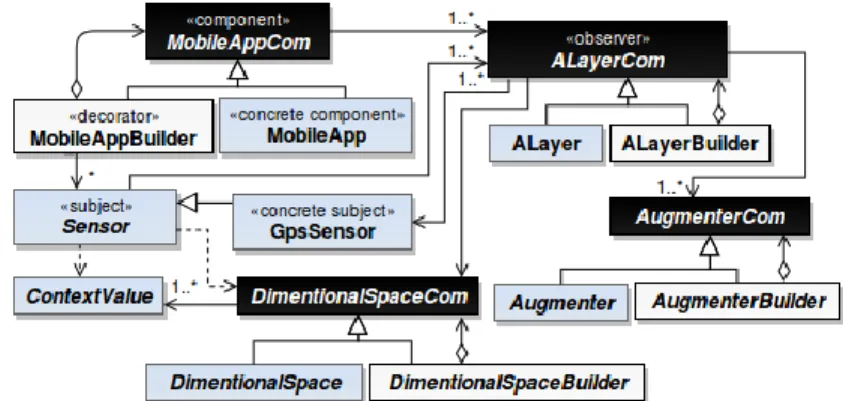An End-User Development approach for Mobile Web Augmentation
Texte intégral
Figure




Documents relatifs
triggered by September 2001 (one hesitates to imagine the state of the American body politic after a major terrorist attack every year for nearly a decade) contains
In only three articles was a parameter other than OC used to characterise NOM. 2004 ), FTIR measurements were performed on fractions isolated using the Leenheer ( 1981 ) procedure
(i) User experience: while none of the users knew about or ever used MoWA authoring tool, we have con- ducted the experiment with an heterogeneous group of participants with
Over the last few years we have witnessed the smartphone dominating the market, the rapid growth of mobile apps, a surge in mo- bile augmented reality and location-based
The development of a controller architecture based on hierarchic fuzzy logic to create the trajectory of a mobile agent in a virtual environment is initially used.. The
The second part of the article analyzes new features in mobile applications at the top ten banks according to the number of clients in the Czech Republic.. The last part focuses
Thus, on the basis of research of existing software tools and existing mechanisms for obtaining information for a software complex that will implement the process of ob- taining
frequent changes in device models, technologies and functionality; development of an appropriate learning theory for mobile age; conceptual differences between e-learning





